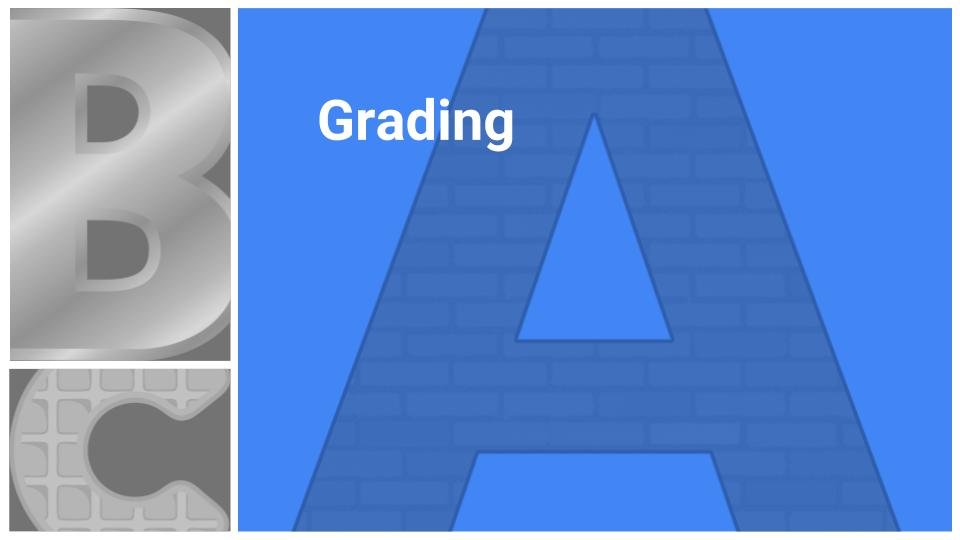Lesson plans are at the core of what you need in order to have a successful class. While detailed lessons plans are not required by many institutions of higher education, it will help you greatly to work through your classes and improve the student experience if you plan the classes using a lesson plan. If you search for a lesson plan from a search engine there are a wide variety of templates available.
Some institutions will provide a template that they would like you to use. Other institutions don’t have a suggested format. Some lesson plans can be quite involved. In K-12 education, lesson plans are often broken into fifteen-minute increments and may need to be matched to state or federal standards.
I use a less formal lesson plan than has a few basic sections that could be expanded to a more detailed plan if you desire. The base of the lesson plan should come from the weekly outline in your syllabus and the course objectives and outcomes as well as information the department chair would like incorporated into the class.
Generally, the lesson plan will minimally have an area for the class outline, a place for what materials and resources are needed and used, and a detailed description of the assessment used in class. Your lecture notes can be incorporated into the plan. Mine tend to be outline based with topic areas that I want to cover and corresponding book chapters/pages or resources.
How much information should be on the lesson plan? Think about if someone with your same content area specific knowledge was going to sub your class, would there be enough information to teach the class? If the answer is yes, then you probably have enough on the outline. If no, then you may want to add more information to the point that you would feel comfortable. After you have taught a few classes, you will know how much information you need in your lesson plan to help you teach.
Lesson plans also serve other important purposes. It serves as an archive of what you taught and can be used in future classes. The plans can also be useful to show to other instructors or to the Department
A rubric provides a clear way for students to understand what is graded. It should be given along with the assignment. For some classes, one rubric can be used to grade all assignments. For other classes, the rubric might work for only one assignment so the class will need multiple rubrics.
Here is basic process to create a rubric. Take the components of each important part of an assignment and assign a value to it. Clearly define what you are looking for each criterion. A scale of one to three is a good place to start. A five-point scale can also be used, but it is easier to craft a three-point scale first and if more finesse is needed between scores, the rubric can be changed to a five-point scale. A two represents that a student is meeting the minimum expectations of an assignment. This is essentially a C grade. A three would indicate progress above the expectations of an assignment. A score of one would indicate that parts of the assignment are missing or incorrect and that improvement is needed.
Sometimes you want all criteria to be equally weighted. Here are the basic steps to make a rubric that is equally weighted between all criteria. In the far-left column, the criteria that will be evaluated is listed. In the next columns, you will see a description of what constitutes above average, average, and work that needs improvement. A score for inadequate work, essentially occurs when elements of the assignment are missing. The last column is where the score for each element is written. At the bottom, you will have a total score. Since there are five elements that are being evaluated and three is the highest score, those two numbers are multiplied to make the assignment out of fifteen points.
In the example below the assessed elements are each equally weighted:
Project Overview
Conduct a SWOT Analysis of one competitors to your potential business. Ideally the businesses are located near the geographic area where you are proposing a business.
Specifications:
The SWOT should be delivered in a Word Document.
The company name and web address should be above the SWOT.
Rubric:
You can weight the grading so that some of the elements are more important. You need to use multiples of scale values when determining weighting. On a three-point scale that would mean the values need to be divisible by three (a five-point scale would need to be multiples of five). If you wanted to create a rubric that is weighted, you could add the point value for each criterion in the box for each achieved level. In the example below, the strength analysis is the highest weight with 15 points, the other three analyses are worth 9 points. Since the technical requirements are only two values, I choose to make element worth eight points. This also makes the final value an even number, but there is no reason that the total values need to be an even number. On the rubric below the assignment is worth a total possible point value of 50.
Rubrics can take a lot of trial and error to dial in the exact outcomes that you want to measure. An Internet search for rubric can provide a lot more detailed examples. At the very least, a rubric will require you to determine what is are the most important criteria to demonstrate on an assessment. By providing the rubric to students, you will have communicated what is most important and what is being measured in their project.

